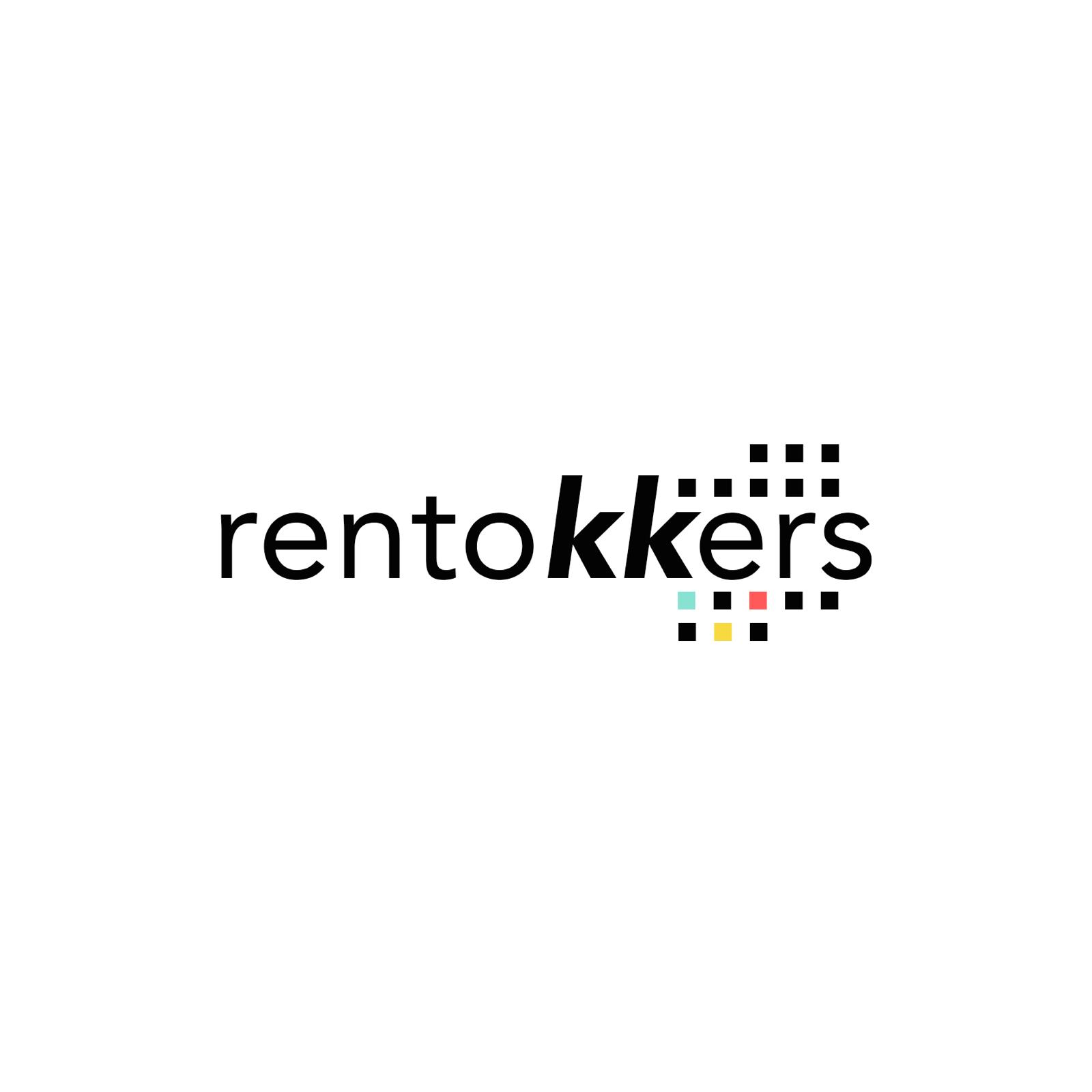Case Studies — Tokenized Real Estate Projects Around the World
Introduction: Proof Beyond the Hype
The idea of tokenized real estate sounds revolutionary. But is it happening in reality? Yes. Around the world, developers and platforms are experimenting with blockchain to fractionalize ownership. Some projects are small, others headline-making. Together, they give us a glimpse of the future.
Case Study 1: St. Regis Aspen Resort (USA)
- What it was: A luxury ski resort in Colorado.
- How it worked: The hotel was wrapped into a holding company. Shares of that company were tokenized on Ethereum.
- Outcome: The project raised $18 million. Tokens were tradable on tZERO, making it one of the first regulated examples of real estate tokenization in the US.
Lesson: Compliance matters. The Aspen case showed regulators can be engaged and tokens can function legally as securities.
Case Study 2: Reental (Spain/Latin America)
- What it is: A platform offering tokenized rental properties in Spain, Mexico, and beyond.
- How it works: Investors buy tokens representing equity in properties. Monthly rental yields are distributed in stablecoins.
- Scale: Reental has attracted thousands of investors from dozens of countries.
Lesson: Tokenization works best when paired with recurring rental income. It delivers both liquidity and yield.
Case Study 3: Brickken (Europe)
- What it does: A tokenization platform focusing on compliance and ease of issuance.
- Example: They’ve tokenized assets ranging from small apartments to commercial real estate portfolios.
Lesson: Platforms that make tokenization user-friendly help mainstream adoption.
Case Study 4: Propine (Singapore)
- What it is: A licensed digital asset custodian and tokenization service.
- Regulatory Edge: Backed by Singapore’s MAS (Monetary Authority), Propine shows how regulation can coexist with blockchain innovation.
Lesson: Regulated markets can attract institutional players who need legal clarity.
Case Study 5: Lofty AI (USA)
- What it does: Tokenized single-family rental homes starting at $50.
- How it works: Investors buy tokens in specific houses, earning rental income proportionally.
- USP: Very low ticket size, appealing to small investors worldwide.
Lesson: Tokenization isn’t just for luxury. Everyday properties can be tokenized too.
The Common Themes
- Regulation is Key: Projects that succeed work within securities laws.
- Community Matters: Tokenization thrives when investors feel part of a global club.
- Technology Must Be Simple: If onboarding is too complex, adoption suffers.
What These Cases Show
- Tokenization is not theoretical — it’s live and active.
- The market is global — from Colorado to Cancún to Singapore.
- Early adopters are proving the model works.
Visual Ideas (max 3):
- World map with pins: Aspen (USA), Spain, Singapore, Mexico, etc.
- Infographic comparing five projects: asset type, investor size, outcome.
- Graphic showing luxury vs. everyday properties both tokenized.
Conclusion
Case studies prove that tokenized real estate is more than buzz. It’s hotels, rentals, apartments, and even family homes already being fractionally owned by investors worldwide. The question is no longer if tokenization works. It’s when it becomes the standard way we invest in property.minate magnetic human capital whereas functional web-readiness. Collaboratively promote fully researched communities via resource maximizing markets. Efficiently repurpose state of the art e-business with innovative bandwidth.




